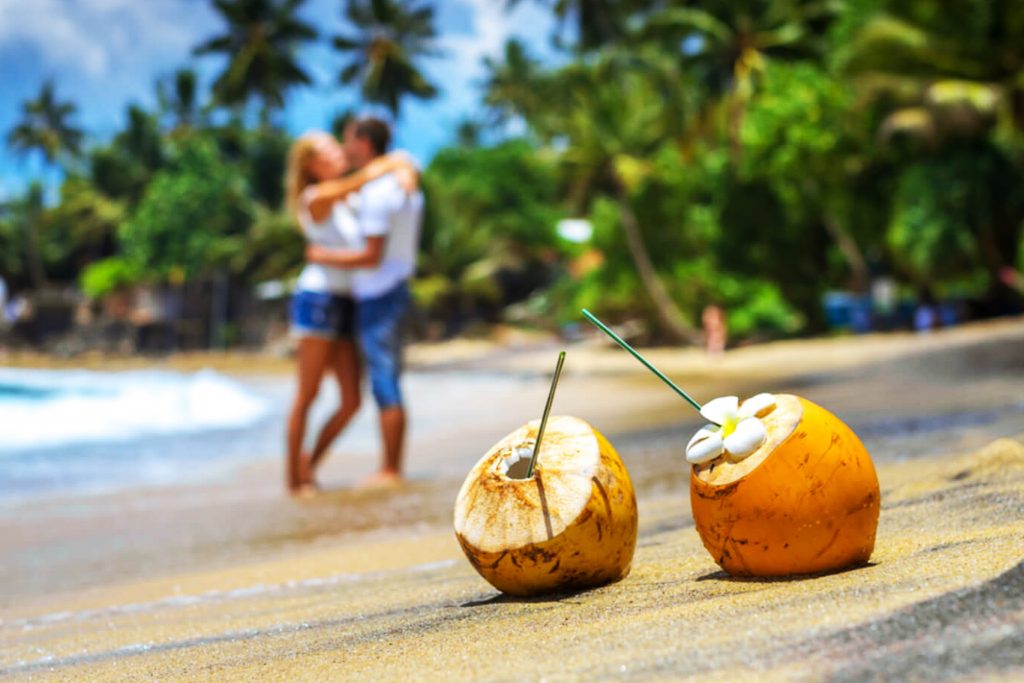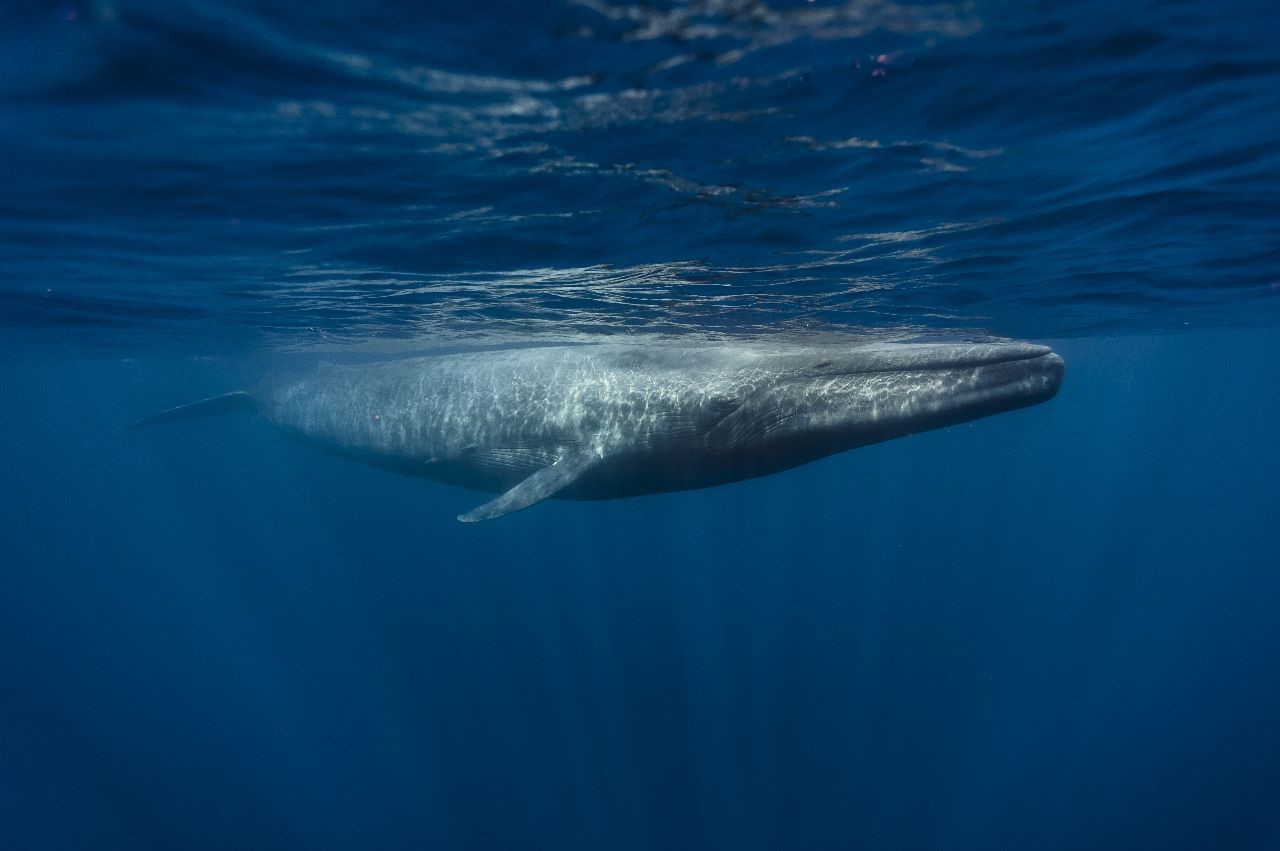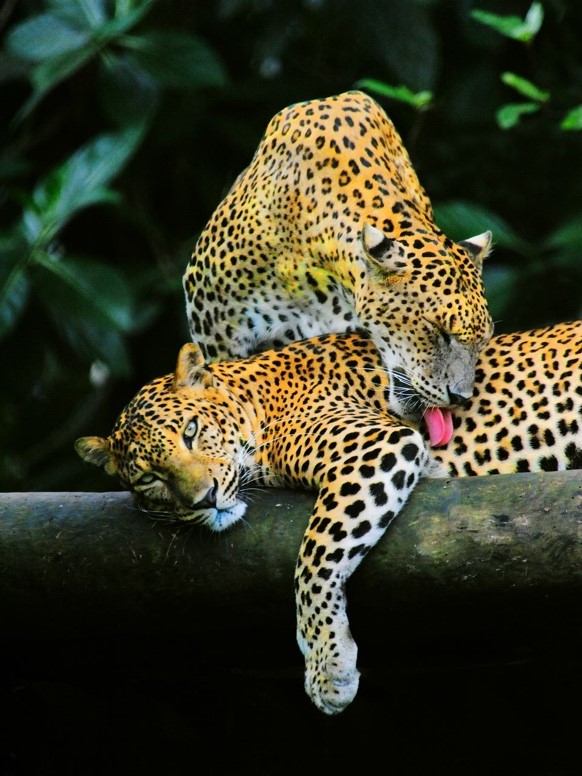
Whale Watching in Sri Lanka
Experience the thrill of whale watching in Sri Lanka with Globeenjoy. Book your adventure now for an unforgettable ocean excursion.
Sri Lanka is one of the best places in the world for whale watching, with several species of whales and dolphins found in its waters. The best time to go whale watching in Sri Lanka depends on the location and the species you want to see.
If you’re interested in seeing blue whales, the best time to go is from December to April. During this time, the seas are calmer, and the visibility is excellent, making it easier to spot these gentle giants. Mirissa, located on the southern coast of Sri Lanka, is the most popular destination for whale watching, and several tour operators offer boat trips from here.

If you’re interested in seeing sperm whales, the best time to go is from January to April. During this time, you can spot these massive whales off the east coast of Sri Lanka, particularly around Trincomalee. Kalpitiya, on the northwest coast of Sri Lanka, is another excellent location for whale watching, with sightings of sperm whales and dolphins possible from November to March.
It’s important to note that whale watching is a seasonal activity, and there are no guarantees of sightings. However, the chances of spotting whales and dolphins are higher during the recommended months, and with a bit of luck and patience, you may have an unforgettable experience.
How many passengers can accommodate in one trip?
Whale watching platforms in Sri Lanka come in various sizes, ranging from small boats that can accommodate 4-6 passengers to larger double-decked vessels that can carry up to 300 passengers. The size of the platform depends on the number of passengers, the location of the whale watching tour, and the weather and sea conditions.
For smaller boats, passengers can expect a more intimate and personalized experience, with the ability to get closer to the whales and dolphins. These boats can navigate closer to shore, providing more opportunities for sightings in shallower waters. However, these boats may not be suitable for those who are prone to seasickness or who are uncomfortable with the idea of being on a smaller vessel.
Larger double-decked vessels are often more stable in rough seas and can provide a more comfortable experience for passengers. These vessels may also have amenities such as restrooms and snack bars. However, the number of passengers may make it harder to get an unobstructed view of the whales, and the vessels may need to stay farther offshore due to their size.

Related Posts

Must things to do in Sigiriya

Visit Sri Lanka or Visit Maldives in the Next Vacation?

